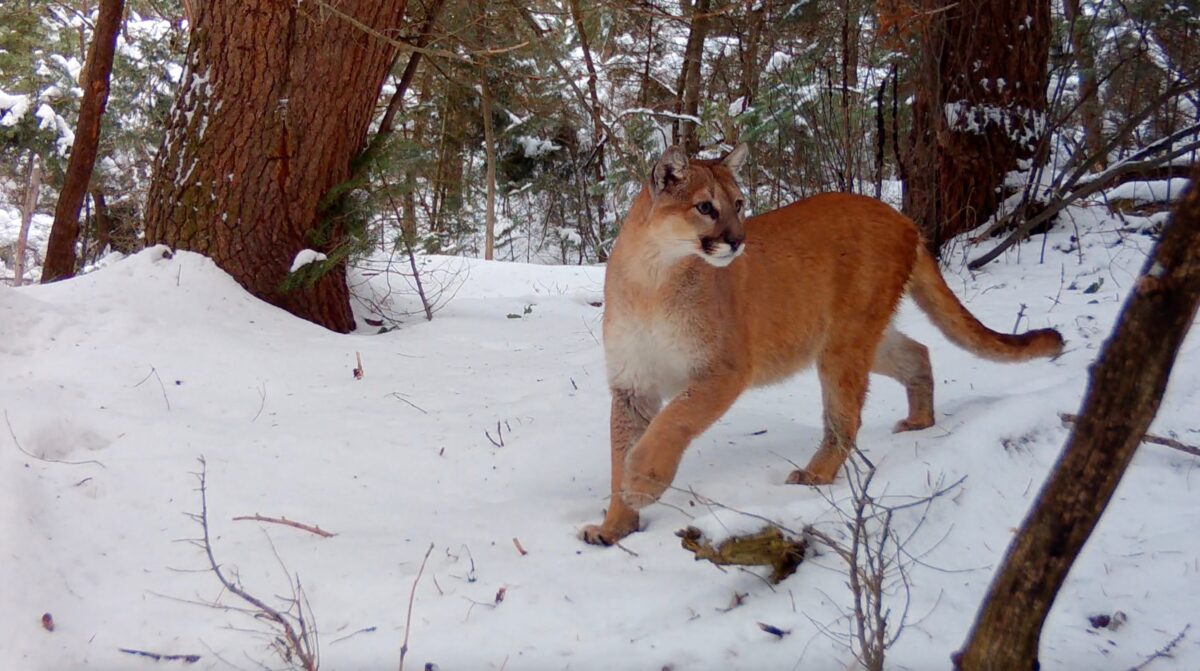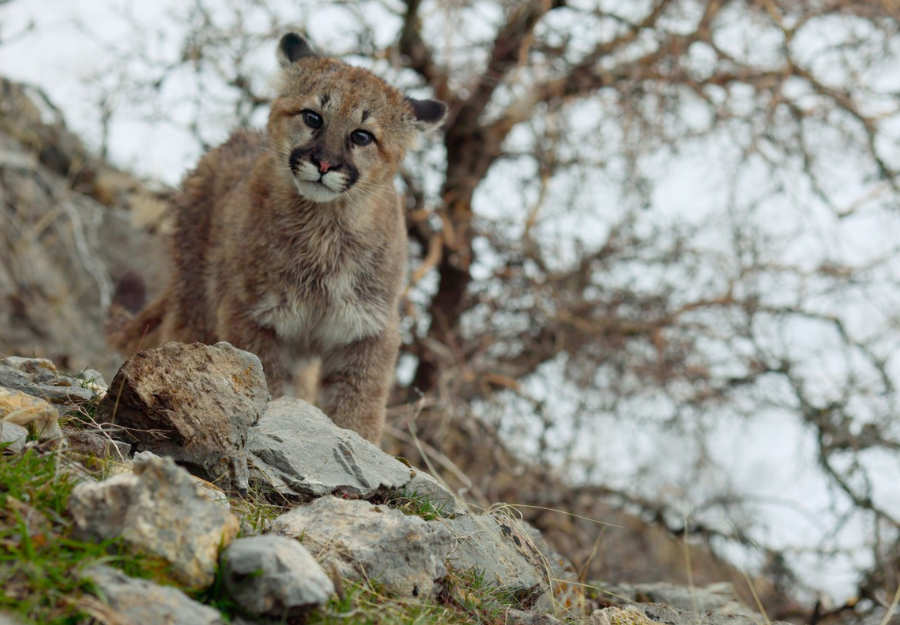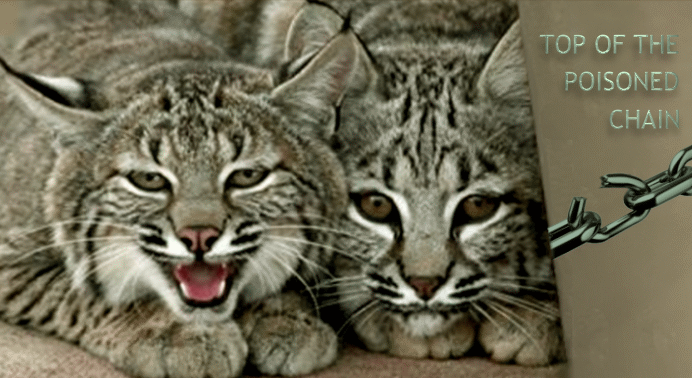
Guest Commentary by Julia Di Sieno, Animal Rescue Team, Inc.
Recently Animal Rescue Team, Inc. rescued a very sick bobcat on 20 acres near Calzada Road in Santa Ynez.
The young male bobcat was seen roaming around for two days, and seemed very lethargic. Once we stabilized him and administered fluids, we discovered the bobcat had notoedric mange. Sadly, all our efforts to save the bobcat failed.
I immediately contacted the state Department of Fish & Game veterinarians, as well as Laurel Klein, a UCLA Ph.D. candidate. The request to send the bobcat’s body to UC Davis for necropsy was immediate.

 A previously rare disease among wild cats has become the primary cause of death among bobcats in the Santa Monica Mountains National Recreation Area (SMMNRA). The cats are dying from mange, a skin disease caused by a tiny parasite. The use of rat poisons is likely the underlying cause of the dramatic increase in mange- related deaths, as well as the direct cause of death for many other predatory wildlife and animals.
A previously rare disease among wild cats has become the primary cause of death among bobcats in the Santa Monica Mountains National Recreation Area (SMMNRA). The cats are dying from mange, a skin disease caused by a tiny parasite. The use of rat poisons is likely the underlying cause of the dramatic increase in mange- related deaths, as well as the direct cause of death for many other predatory wildlife and animals.
Necropsies (animal autopsies) have revealed that all of the cats that died of mange had ingested anti-coagulant rat poisons
National Park Service researchers report that mange has wiped out more than half of the bobcat population in the Santa Monica Mountains National Recreation Area over the last nine years in areas where they’ve focused their research. The team, which has been studying bobcats in SMMNRA since 1996, is at the forefront of research into the effects of anticoagulant rat poisons on wildlife.
“Necropsies (animal autopsies) have revealed that all of the cats that died of mange had ingested anti-coagulant rat poisons,” says Ms. Klein, a Topanga resident, and member of the NPS research team.
Californians are among millions of people worldwide who use anticoagulant poisons, such as D-Con and Tomcat. Easy to use, inexpensive and convenient, poison may seem like a good way to control pests. But for wildlife, rat poison is the deadly “gift that keeps on giving.”
Anticoagulants interfere with vitamin K processing. They inhibit blood clotting, eventually causing the victims to bleed to death internally. A poisoned rat becomes an irresistible, slow-moving meal for larger predators, who in turn are poisoned and devoured.
 The poison spreads quickly across the food web — up to the top predator, mountain lions. Two local mountain lion deaths due to secondary exposure have been documented. Many other SMMNRA animals, including foxes, hawks, owls and coyotes, also are being killed by secondary exposure to anticoagulants. “In an eight-year study of coyotes, it was found that rat poison was the cause of death for more than 25 percent of known mortalities,” reports NPS wildlife ecologist Seth Riley. “It was right behind traffic fatalities as a leading cause of coyote deaths.”
The poison spreads quickly across the food web — up to the top predator, mountain lions. Two local mountain lion deaths due to secondary exposure have been documented. Many other SMMNRA animals, including foxes, hawks, owls and coyotes, also are being killed by secondary exposure to anticoagulants. “In an eight-year study of coyotes, it was found that rat poison was the cause of death for more than 25 percent of known mortalities,” reports NPS wildlife ecologist Seth Riley. “It was right behind traffic fatalities as a leading cause of coyote deaths.”Worldwide, researchers have documented many more cases of poisoned wildlife, including hawks, deer (through direct ingestion), and coyotes in New York; endangered kit foxes in Bakersfield; weasels and owls in Europe; and owls and hawks in New Zealand and Australia.
In California, about 75 percent of mountain lions tested had been exposed to anticoagulants, which have increased in potency over the last several decades.
Mange is not yet considered epizootic among SMMNRA mountain lions, but individual cases of mountain lions with mange have been reported to have anticoagulants in their systems. Mange is caused by a parasitic mite that burrows into its host’s skin. Smaller than a millimeter, the mites are barely visible to the naked eye. Their tunneling causes intense itching and encrusting of the skin, which can easily become infected.
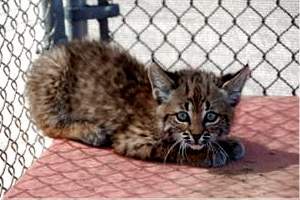
The Environmental Protection Agency cited the SMMNRA team’s findings when it revised its policies to restrict the use of newer and more toxic “second generation” anti-coagulants. The team’s research could lead to new legislation or regulations, further restricting their use and possibly help prevent mange outbreaks in other areas.
Ironically, using poison to kill rats is wiping out the very predator population that could help keep them under control.
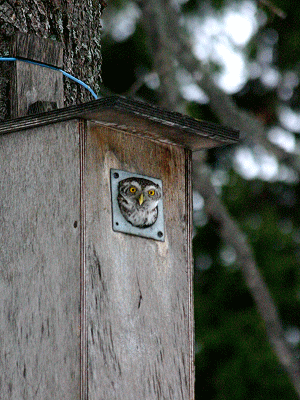
The best pest control is to encourage natural predators, such as owls. You can find out how to install owl nesting boxes and perches at www.owlnestboxes.com and www.wildwingco.com. A variety of alternatives to rat poison are readily available and affordable.
If you see a bobcat that appears ill, please do not approach it. Instead, immediately contact Animal Rescue Team, Inc., 805 896-1859 in Santa Ynez, or Ms. Klein at 214-729-2328. We will attempt to capture the animal for further study. Both resources are available 24/7.
Do not try to capture the animal yourself. Although sick, bobcats will defend themselves or run away. Once they run away, they are unlikely to come back. You can put water out for the animal.
This month, after years of study, regulations take effect nationwide banning the most toxic, long-lasting rat poisons from hardware stores, big-box home improvement centers and other consumer outlets. Please reconsider before using any toxic rodenticides. You may even save the life of your own pet dog or cat.


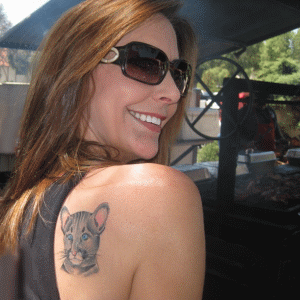

 Facebook
Facebook Twitter
Twitter Send Email
Send Email